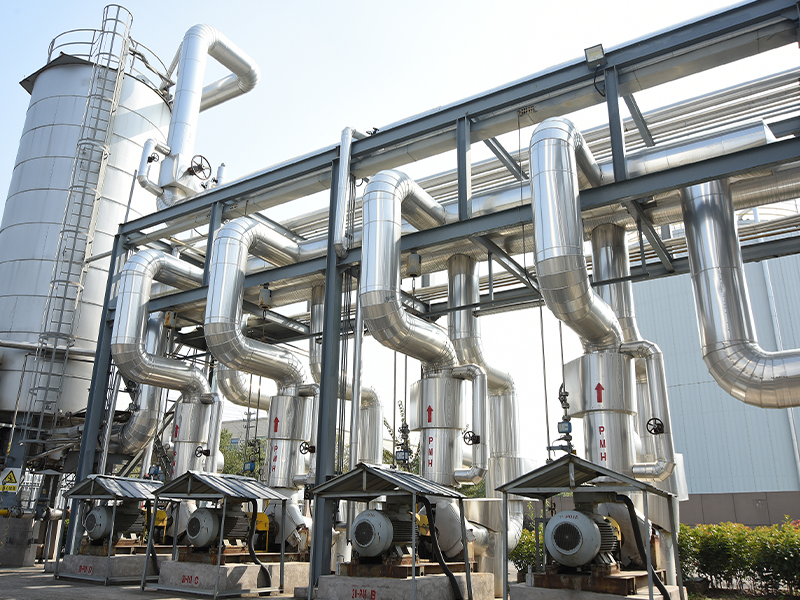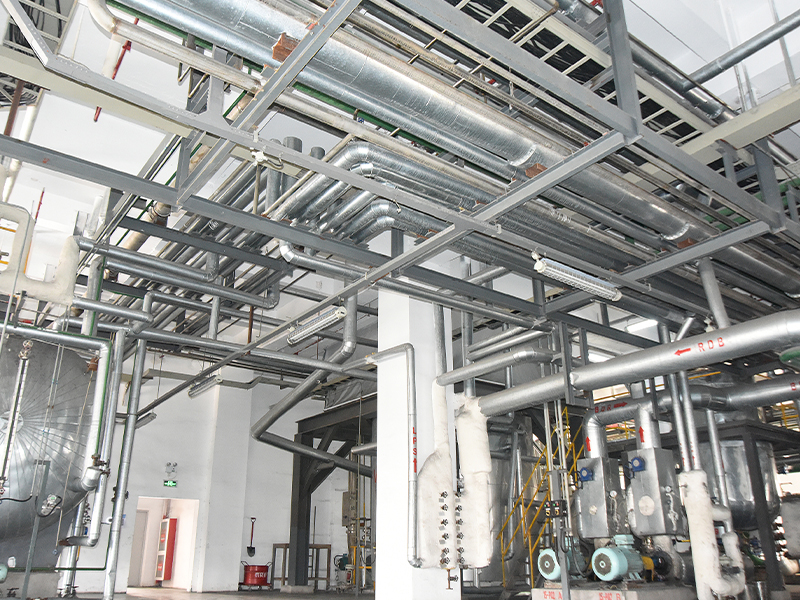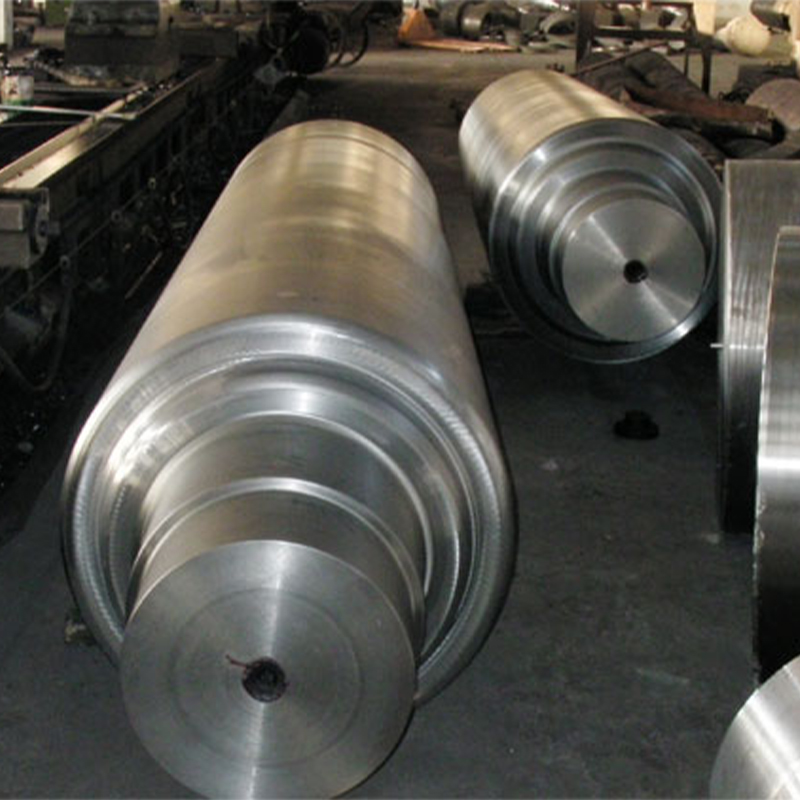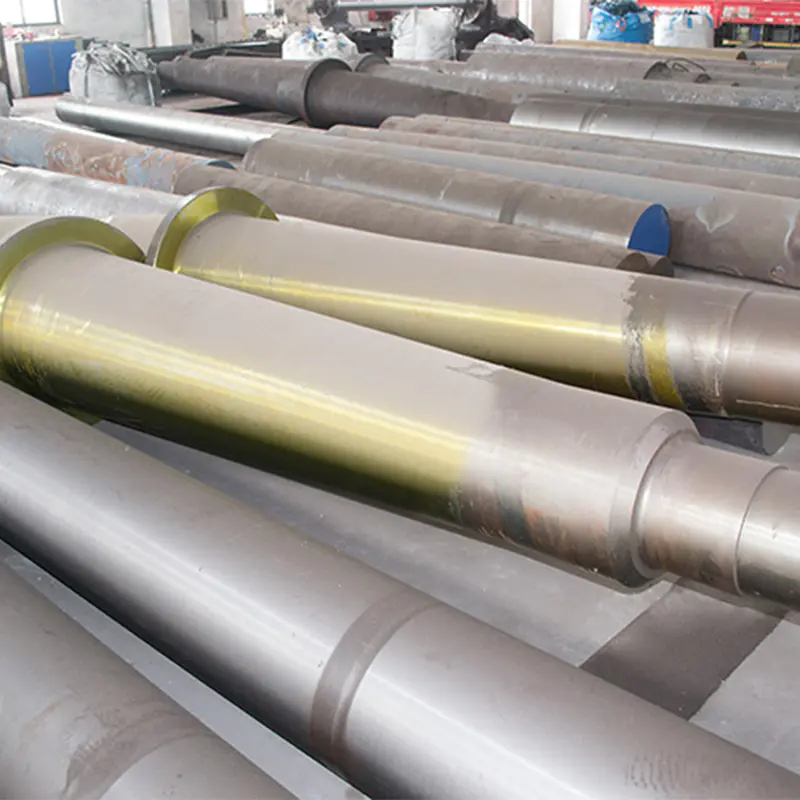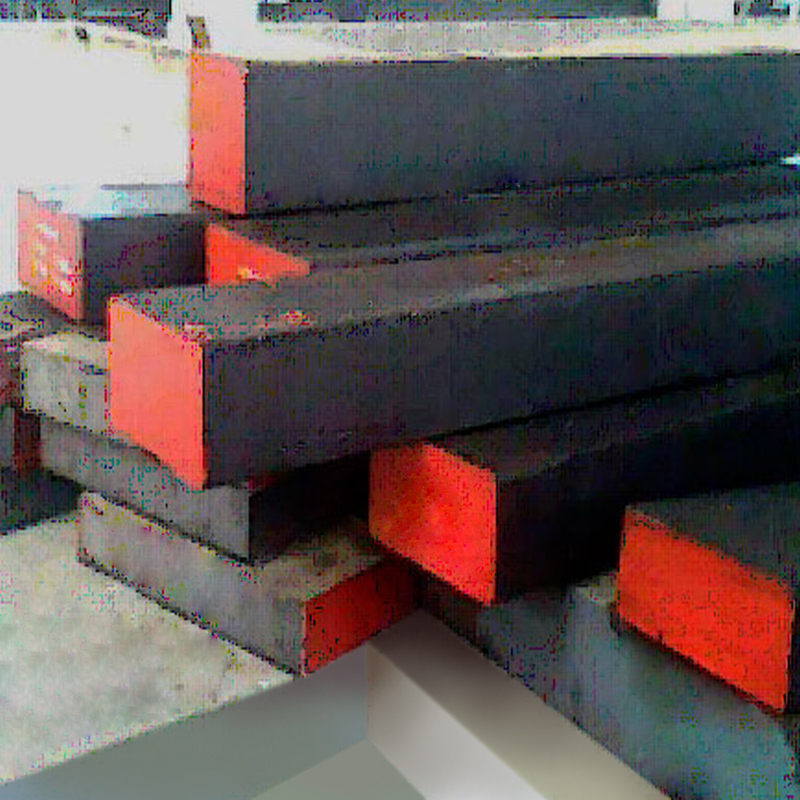
The surface hardness of Nitriding Alloy Steel is the highest at the outermost layer due to the intense formation of nitrides. The nitriding process involves the diffusion of nitrogen atoms into the surface of the steel, which reacts with the iron or other alloy elements to form hard nitrides, such as iron nitrides (Fe4N, Fe2-3N), chromium nitrides, or aluminum nitrides. These compounds significantly increase the surface hardness, achieving values as high as Hv 1000-1200 or even higher. This hardened layer makes the material highly resistant to wear, abrasion, and surface fatigue, making it ideal for high-performance applications in industries such as automotive, aerospace, and tooling. The primary benefit of this high surface hardness is the material's enhanced ability to resist surface damage, maintaining functionality and aesthetics under harsh conditions.
The nitriding process results in a gradual hardness gradient from the surface to the core of the steel. As nitrogen diffuses into the steel, the concentration of nitrogen decreases with depth, resulting in a progressively lower density of nitrides further beneath the surface. This causes the hardness to decline gradually from the outer nitrided layer into the underlying steel. The hardness near the surface can be as high as Hv 1000-1200, while at a few microns below the surface, the hardness drops to around Hv 600-800. As you continue deeper into the nitrided layer, it becomes even softer, with hardness values declining further. The gradient in hardness ensures that the steel retains a tough core that can withstand mechanical stresses while providing a hard exterior to resist wear and fatigue. This hardness gradient can be engineered based on application needs, offering an optimal balance between surface durability and internal toughness.
Beneath the nitrided surface, the core hardness of the material remains largely unaffected by the nitriding process. The core of the material, which is the bulk of the steel, retains its original hardness and mechanical properties as determined by the base steel alloy. For Nitriding Alloy Steel, the core hardness remains in the range of Hv 300-450, depending on the alloy’s composition, heat treatment history, and overall metallurgical structure. While nitriding significantly enhances surface properties, the core provides the required ductility, impact resistance, and toughness that protect the part from catastrophic failure. The softer core allows the component to absorb impact forces without cracking or becoming brittle, contributing to the material’s overall performance in demanding applications where both toughness and hardness are needed.
Influence of Process Parameters: Several nitriding parameters, including time, temperature, and nitrogen concentration, play a crucial role in determining the depth of the nitrided layer and the resulting hardness profile. Longer nitriding times and higher temperatures allow nitrogen to diffuse deeper into the steel, resulting in a thicker nitrided layer with higher surface hardness. Conversely, shorter nitriding times or lower temperatures may result in a thinner nitrided layer with less pronounced surface hardness. The nitrogen concentration in the nitriding atmosphere also affects the thickness of the hardened layer. For instance, higher nitrogen concentrations generally lead to a deeper and harder nitrided layer. Control over these parameters allows engineers to tailor the nitrided layer’s depth and hardness to suit specific application requirements, balancing wear resistance and core toughness.
Effect of Layer Depth on Performance: The depth of the nitrided layer significantly influences the material's performance characteristics. A shallower nitrided layer is ideal for applications where the part is exposed to light abrasion or surface wear. This type of treatment offers excellent wear resistance while maintaining a tough core for overall structural integrity. A deeper nitrided layer, on the other hand, is more suitable for components exposed to severe wear, fatigue, or high-impact loading, as it provides more substantial protection and longer service life. The varying hardness across the nitrided layer ensures that the part can withstand high levels of surface stress while avoiding catastrophic failure due to brittleness.



 English
English русский
русский Español
Español عربى
عربى